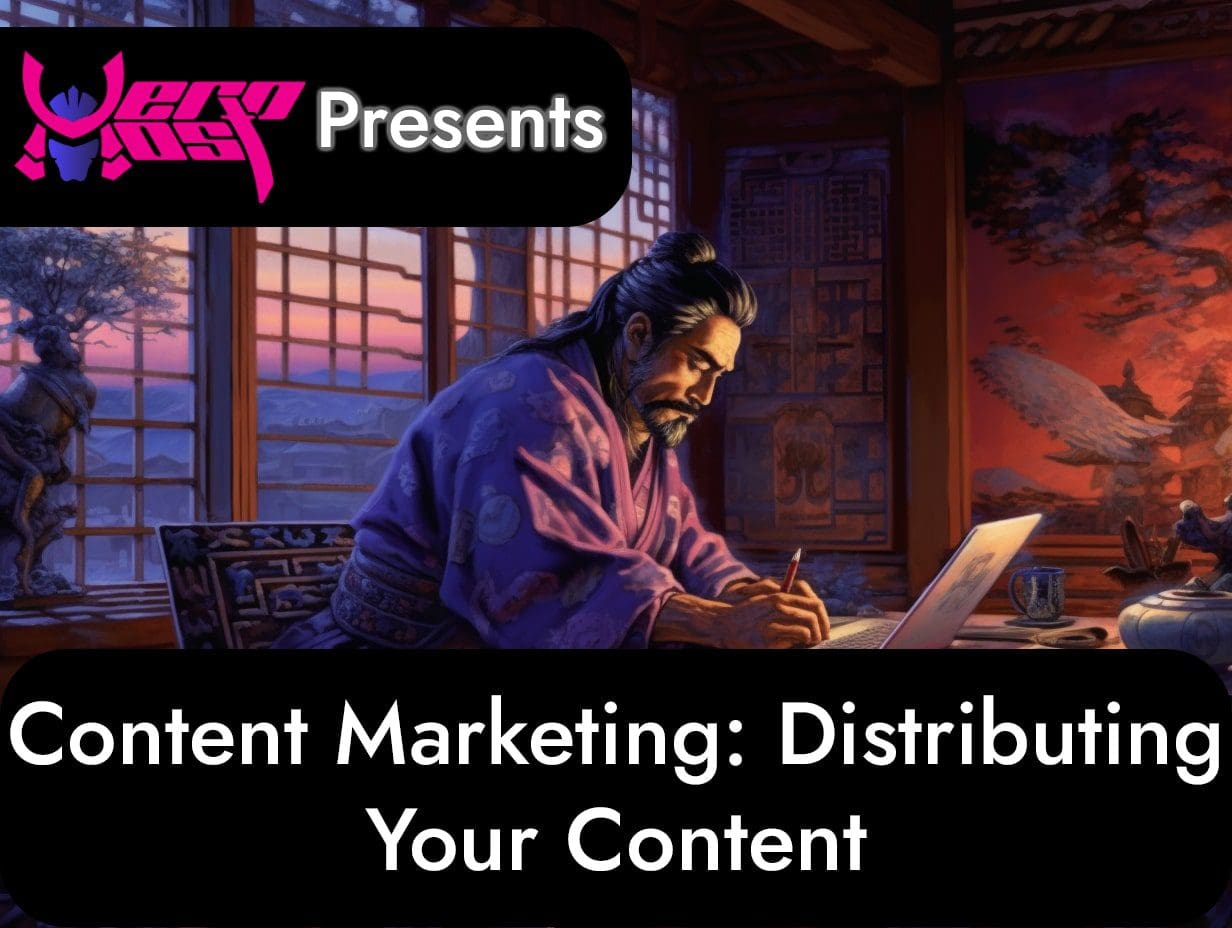Content Marketing: Distributing Your Content
- Home
- Content Marketing
- Content Marketing: Distributing Your Content

- Mikey Ryu
- November 2, 2023
- 0
Content Marketing: Distributing Your Content
How to Distribute Your Content
Creating high-quality, compelling content is only half the battle in the world of content marketing. The other crucial piece of the puzzle is distributing your content effectively. If you’re not reaching your target audience, your hard work creating content won’t yield the desired results. In this blog, we’ll explore the strategies and channels for distributing your content to ensure it reaches the right people.
The Importance of Content Distribution
Content distribution is the process of sharing your content through various channels and platforms to reach a wider audience. Effective distribution is essential for several reasons:
Audience Reach:
Without distribution, your content is confined to your website or blog. To maximize its impact, you need to get it in front of your target audience.
Visibility and Awareness:
Effective distribution increases your brand’s visibility and raises awareness of your products, services, or expertise.
Engagement:
Distributing your content on platforms where your audience hangs out encourages interaction, shares, and comments.
Lead Generation:
Content distribution can drive traffic to your website and generate leads, which is a key goal for many businesses.
SEO Benefits:
Sharing content on external platforms can enhance your search engine rankings, increasing the visibility of your content in organic search results.
Content Distribution Strategies
Here are some content distribution strategies to consider:
Social Media:
Leverage popular social media platforms like Facebook, Twitter, LinkedIn, Instagram, and Pinterest to share your content. Tailor your approach to each platform to maximize engagement. Use images and hashtags on Instagram, engage with industry professionals on LinkedIn, and use Twitter to share quick updates and insights.
Email Marketing:
Email remains a powerful content distribution tool. Send regular newsletters to your subscribers with links to your latest content. Personalize your emails to ensure relevancy and higher open rates.
Content Syndication:
Publish your content on relevant third-party platforms, such as Medium or LinkedIn Pulse, to reach a broader audience. Make sure to include a link back to your website for further engagement.
Influencer Marketing:
Collaborate with influencers in your industry to promote your content to their followers. Influencers have a loyal and engaged following, making them valuable partners for content distribution.
Paid Advertising:
Use paid advertising on platforms like Google Ads or social media advertising to boost the visibility of your content. Target specific demographics to ensure your content reaches the right audience.
Content Aggregators:
Share your content on content aggregator websites, such as Reddit, Flipboard, or Scoop. it. These platforms can expose your content to new audiences and communities.
Community Engagement:
Participate in relevant online communities, forums, and discussion groups related to your industry. Share your content when it adds value to the discussion.
Podcasts and Webinars:
Create and promote podcasts and webinars to showcase your expertise and reach an audience interested in audio and video content.
Guest Posting:
Contribute guest posts to reputable websites and blogs in your industry. This allows you to tap into their established audience and build your brand authority.
Content Repurposing:
Repurpose your content into different formats, such as infographics, videos, or slideshows. Distribute these new formats on various platforms for added exposure.
Measuring and Adapting
Content distribution isn’t a one-and-done process; it requires continuous evaluation and adaptation. Here’s how to measure the effectiveness of your distribution efforts:
Website Analytics:
Use tools like Google Analytics to track traffic to your website and individual content pieces. Analyze which distribution channels are driving the most visitors.
Social Media Analytics:
Social platforms offer insights into the performance of your posts. Monitor engagement metrics like likes, shares, comments, and click-through rates.
Email Metrics:
Track open rates, click-through rates, and conversion rates for your email campaigns.
Conversion Tracking:
Set up conversion tracking to measure how many leads or sales are generated from your content.
SEO Performance:
Monitor your search engine rankings for keywords related to your content. An increase in rankings can indicate effective content distribution.
Audience Feedback:
Listen to audience feedback, comments, and shares to gauge the reception of your content.
Once you’ve gathered data, use it to refine your content distribution strategy. Focus on the channels that perform well and tweak your approach to those that underperform.
Building an Effective Content Distribution Strategy
Effective content distribution is the key to ensuring that your content reaches its intended audience and achieves your marketing goals. It involves a combination of various strategies and channels, tailored to your specific industry and audience. Regularly monitor and adapt your approach based on performance metrics to continually improve your content distribution efforts. By doing so, you’ll be well on your way to making the most of your valuable content assets. Contact us for advice on how to distribute your content.
Search
Categorys
- Branding (12)
- Business Growth Guides (3)
- Business Insights (3)
- Content Marketing (43)
- Domain Authority (19)
- Email Marketing (28)
- Google Analytics & Search Console (5)
- Hack or Not (2)
- Hero Host News (0)
- Inbound Marketing (32)
- Lessons From Asia (40)
- Marketing Guides (11)
- Martial Arts Journey (14)
- Outbound Marketing (8)
- Search Engine Optimisation (SEO) (41)
- Social Media Marketing (38)
- Web Design (20)
- Website Hosting (4)
- Wordpress (2)






